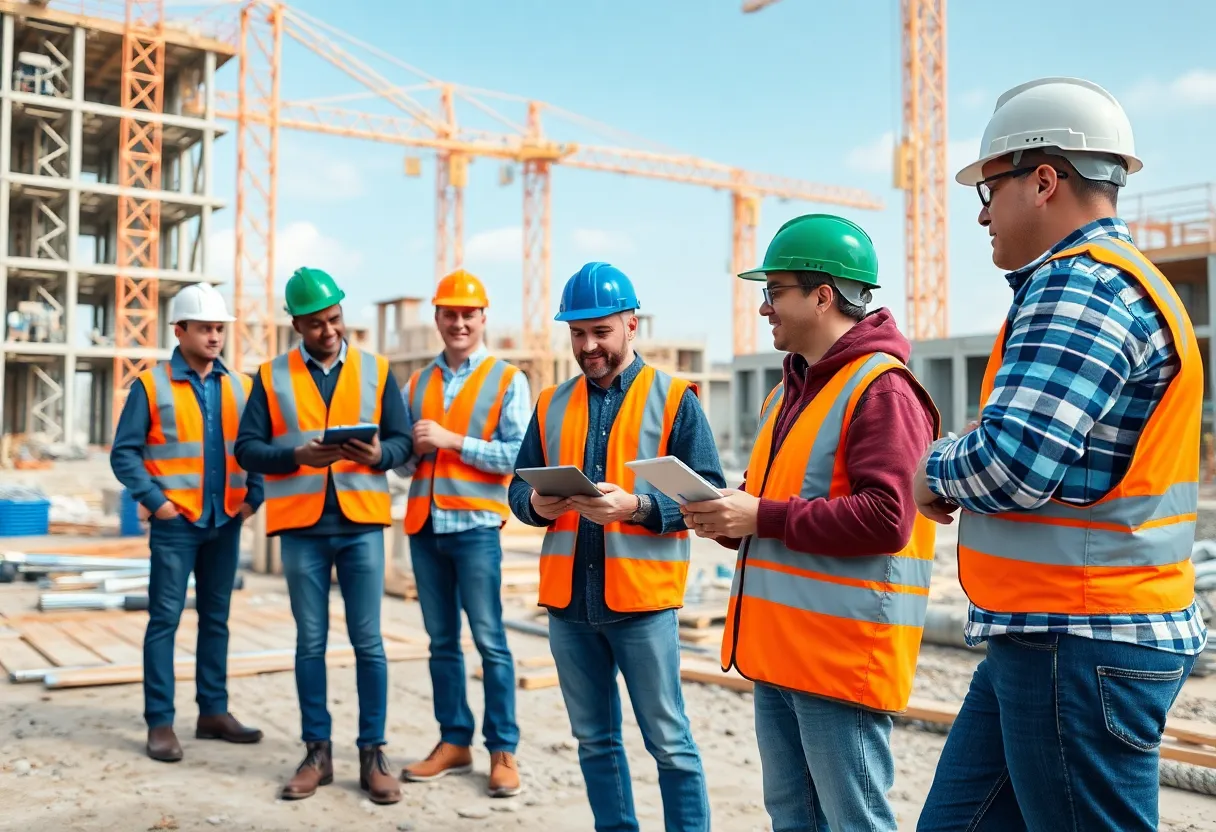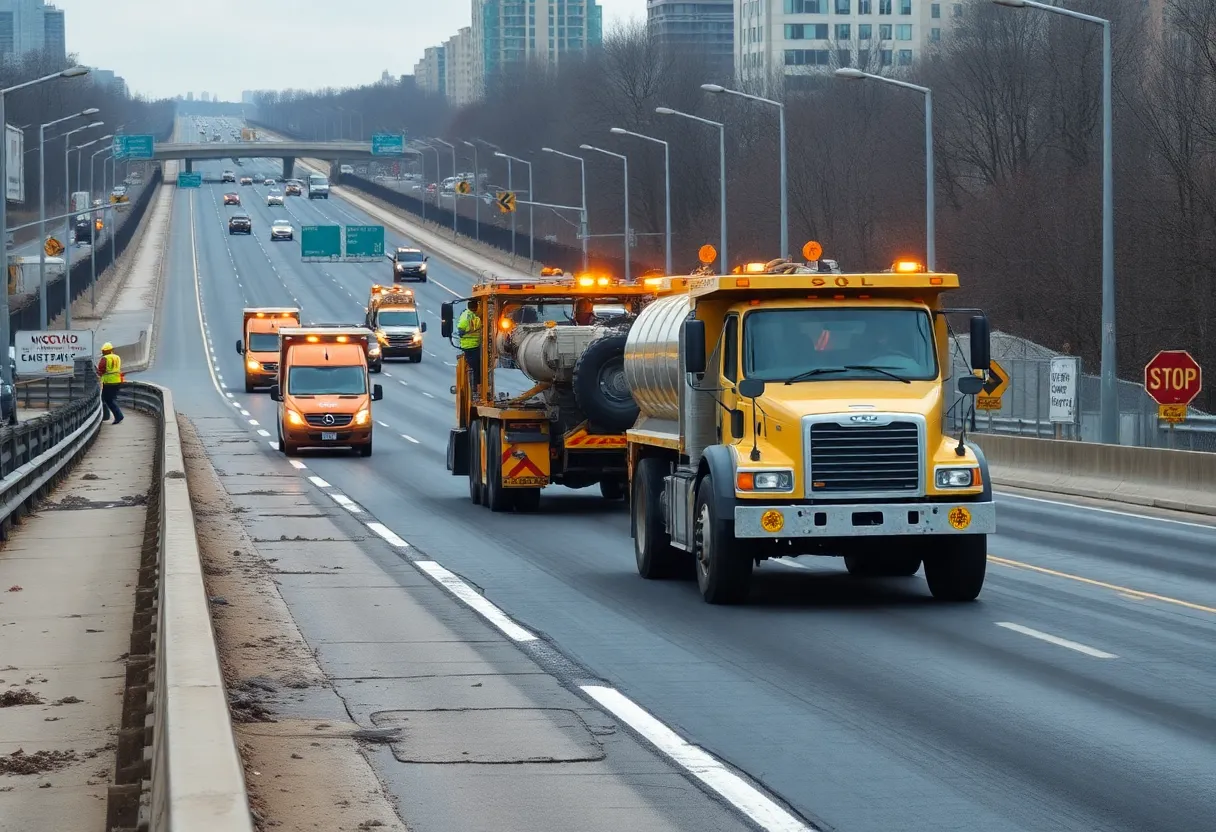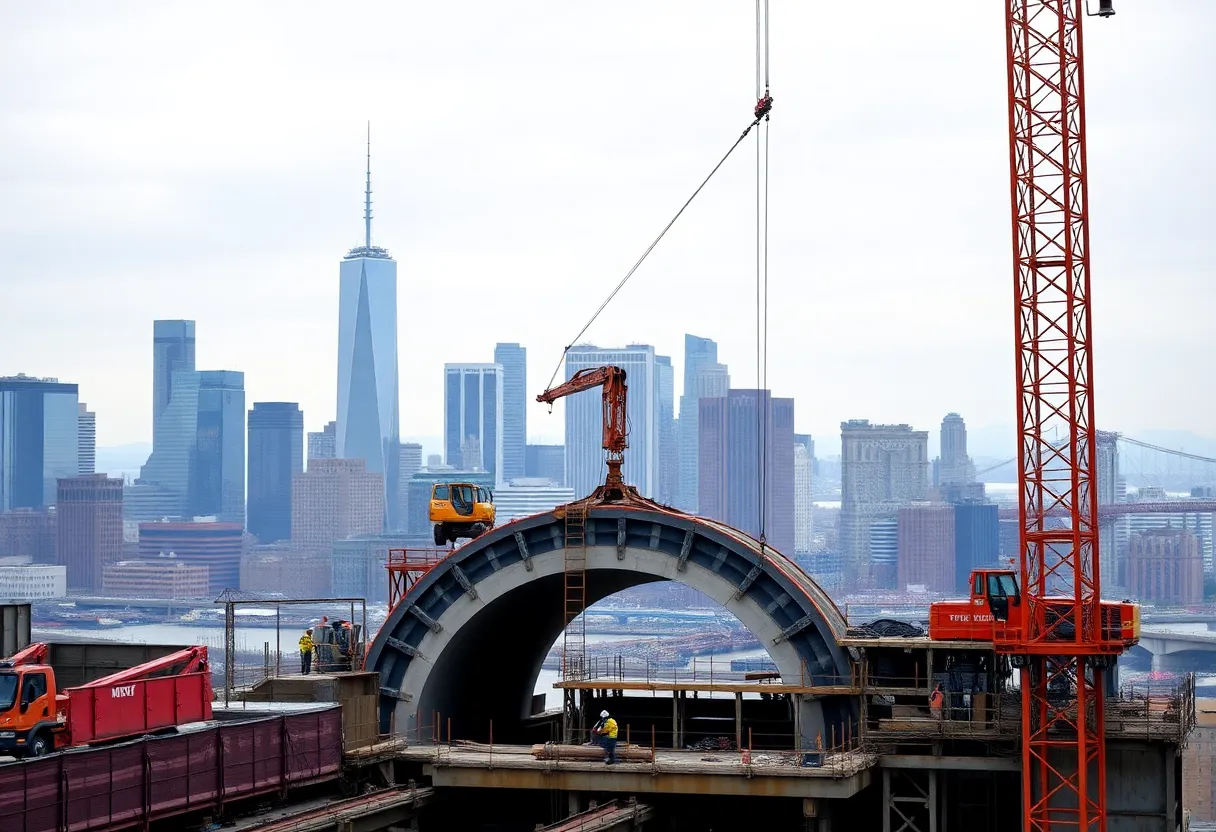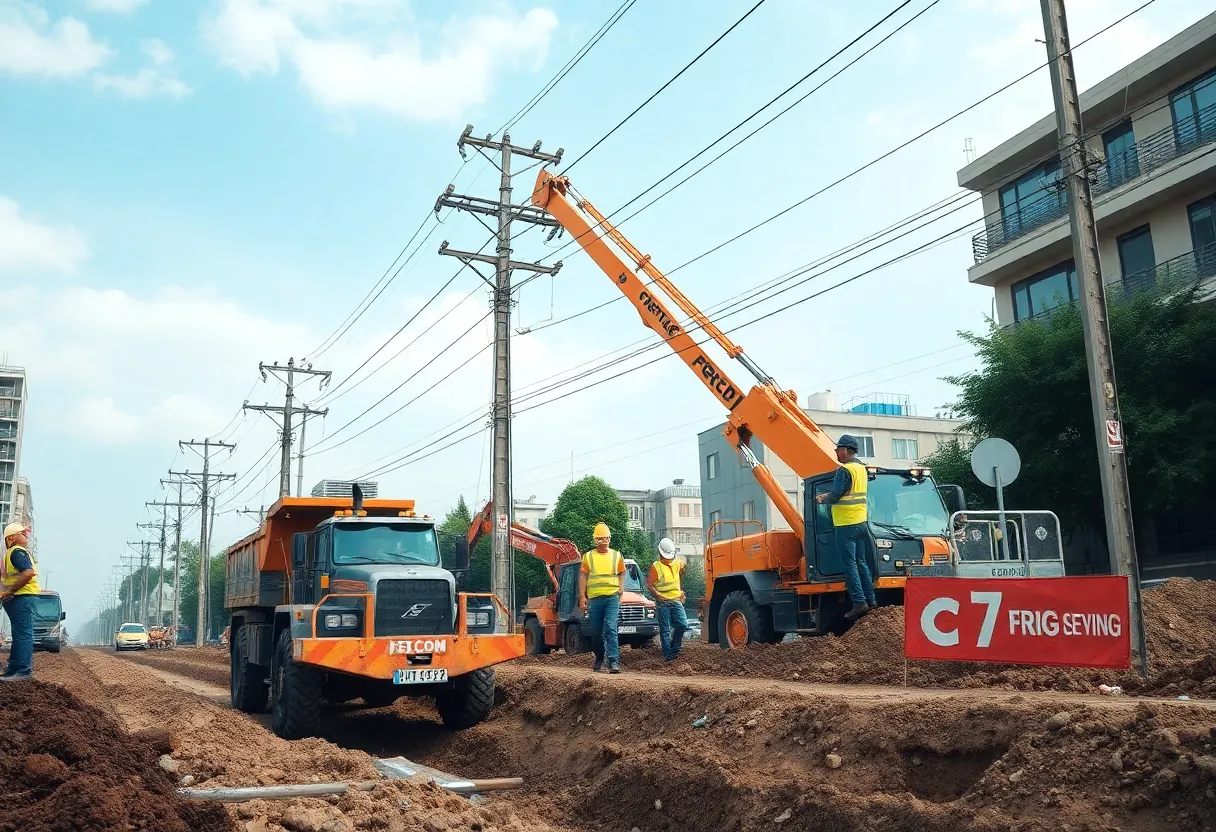News Summary
The construction industry is projected to witness significant growth of $4.2 trillion over the next 15 years, driven by economic recovery and infrastructure demands. Challenges such as a critical labor shortage, driven by the retirement of experienced workers, are pushing firms to adopt technology like artificial intelligence. With AI integrated into construction processes, efficiency improves and labor shortages can be addressed, setting the stage for a transformative era in construction management and collaboration.
Construction Industry on the Verge of $4.2 Trillion Growth
The construction industry is set to witness a staggering expansion, projected to reach $4.2 trillion over the next 15 years. However, this growth comes with significant challenges, particularly a growing skills gap fueled by a surge in job vacancies and the impending retirement of experienced workers. As the demand for skilled labor continues to rise, experts are looking towards artificial intelligence (AI) as a solution to these pressing issues.
Rising Job Vacancies and Skills Gap
Job vacancies in the construction sector have escalated sharply, with a 41% increase year-over-year. This issue is compounded by the fact that many veteran workers are approaching retirement age, further limiting the pool of experienced labor. As the industry grapples with these ongoing challenges, fostering a new generation of skilled workers becomes crucial.
The Role of AI in Construction
AI is emerging as a powerful tool for addressing labor shortages and enhancing project management efficiencies within the construction industry. Integrated into construction technology (Contech) applications, AI acts akin to an industry “spell check” and “auto-correct”, helping to streamline various phases of construction from design to management.
Information Access and Decision Making
A study conducted in 2024 found that construction workers spend an alarming 18% of their time searching for information, primarily due to data silos. Access to accurate and timely data is vital, with 43% of surveyed workers acknowledging that improved data access could significantly enhance their decision-making capabilities. AI plays a central role in bridging these gaps by connecting disparate data sources and furnishing actionable insights that optimize resource allocation and risk management.
Benefits Throughout the Project Lifecycle
The advantages of AI extend across the entire project lifecycle, spanning preconstruction, construction, and post-completion phases. During preconstruction, AI aids in conducting feasibility studies, choosing materials, procurement, and estimating costs. It automates quantity takeoffs, accelerating the estimation process and streamlining design through automated blueprint analysis and cost estimating image generation.
Real-Time Monitoring and Predictive Maintenance
As projects proceed, AI empowers project managers to track progress in real-time and utilize predictive analytics to mitigate potential risks. After project completion, AI contributes to predictive maintenance and energy monitoring, further facilitating long-term cost reductions and sustainability.
Shifting Toward Integrated Systems
The construction industry is undergoing a transition from standalone solutions to integrated systems. Key factors driving this shift include rising cost pressures and widespread labor shortages. By leveraging predictive analytics, AI has the potential to reduce overall project costs by up to 15%.
Breaking Down Data Silos
As companies strive to harness AI’s capabilities, there is a concerted effort to dismantle data silos, which stifle collaboration across teams. The growing accessibility of AI tools means that construction firms—regardless of size or expertise—can implement these transformative technologies.
Enhancing Safety and Productivity
AI not only fosters more efficient planning and design but also enhances workplace safety. It predicts risks and monitors equipment performance, enabling improved reflection on safety measures. The integration of AI into workflows results in increased productivity, streamlined procurement processes, and heightened quality control.
The Future of AI Adoption
As the construction industry begins to embrace a more tech-driven landscape, future AI adoption will heavily depend on the connection, intelligence, and orchestration of data and activities. The collaboration between generations in the workforce becomes essential in bridging the skills gap, with younger workers adapting to new technologies swiftly.
Fostering a Learning Culture
A significant emphasis is now placed on cultivating a learning culture within the construction workforce. Continuous upskilling and education related to construction technology are vital to attracting talented Gen Z workers to the industry.
Conclusion
The construction sector’s evolution reflects broader trends witnessed in other industries, indicating a fundamental change towards innovative technological applications. Advancements in technology are reshaping construction practices, enhancing productivity, safety, and environmental sustainability.
Deeper Dive: News & Info About This Topic
Additional Resources
- For Construction Pros: How AI is Reshaping Construction
- Wikipedia: Construction Industry
- Construction Dive: Construction Skills Gap
- Google Search: Construction Technology
- CIO: Goals for Building AI Skills
- Google Scholar: Artificial Intelligence in Construction
- Automation World: AI Closing the Skills Gap
- Encyclopedia Britannica: Artificial Intelligence
- Forbes: AI-Driven Construction for Gen Z
- Google News: Construction Industry Skills Gap
Author: Construction NY News
The NEW YORK STAFF WRITER represents the experienced team at constructionnynews.com, your go-to source for actionable local news and information in New York and beyond. Specializing in "news you can use," we cover essential topics like product reviews for personal and business needs, local business directories, politics, real estate trends, neighborhood insights, and state news affecting the area—with deep expertise drawn from years of dedicated reporting and strong community input, including local press releases and business updates. We deliver top reporting on high-value events such as the New York Build Expo, infrastructure breakthroughs, and cutting-edge construction technology showcases. Our coverage extends to key organizations like the Associated General Contractors of New York State and the Building Trades Employers' Association, plus leading businesses in construction and real estate that power the local economy such as Turner Construction Company and CMiC Global. As part of the broader network, including constructioncanews.com, constructiontxnews.com, and constructionflnews.com, we provide comprehensive, credible insights into the dynamic construction landscape across multiple states.





